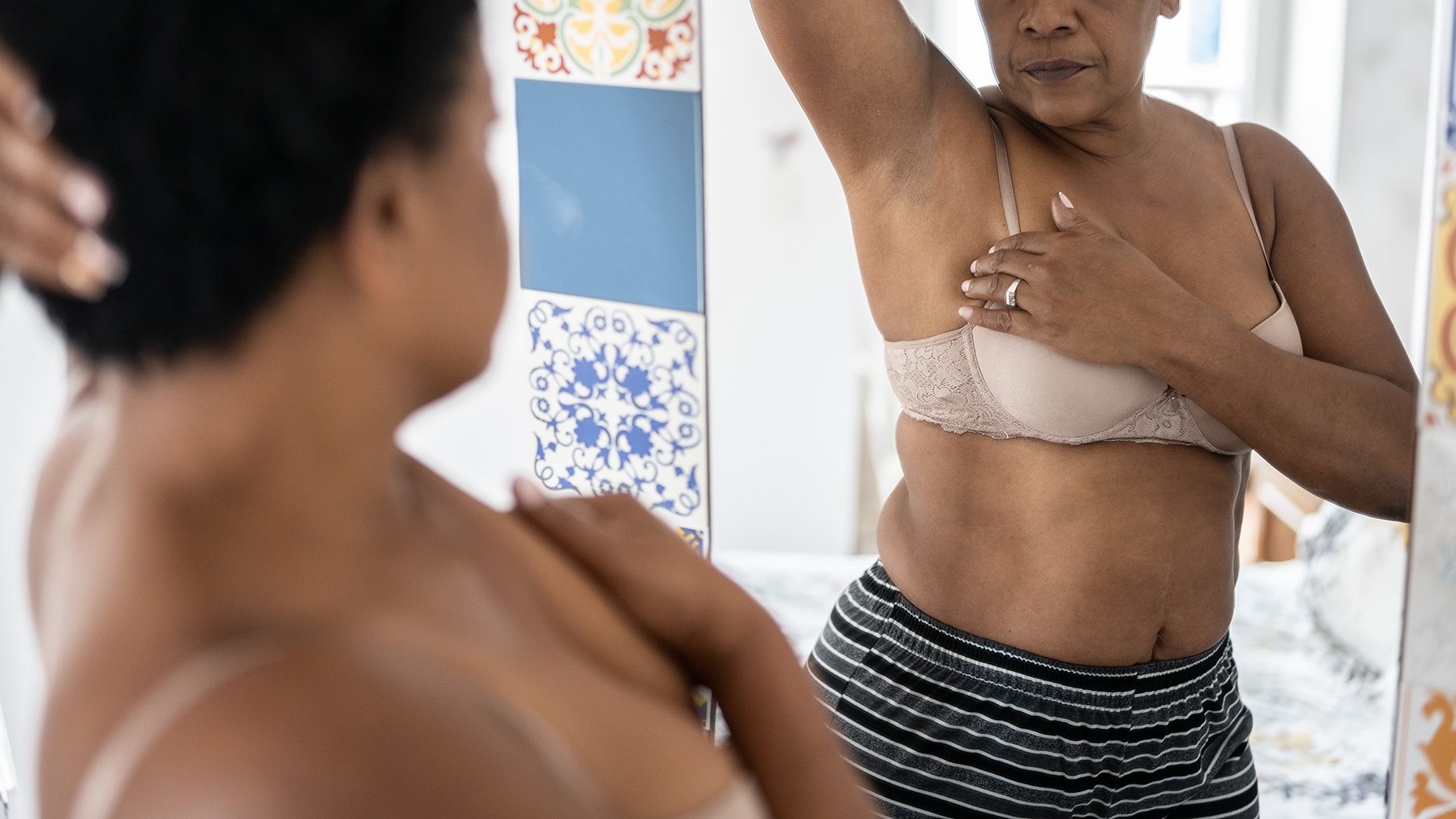
FOR WOMEN> This Risk Assessment Tool Helped Women Discover Her Breast Cancer
admin
- 0
A tool that’s available as an online calculator played a key role in actress Olivia Munn’s discovery that she had breast cancer – even after she had “a normal mammogram,” according to a social media post.
The “X-Men: Apocalypse” star, 43, wrote in an Instagram post Wednesday that she was diagnosed with breast cancer last year and would not have discovered it if her physician, Dr. Thaïs Aliabadi, had not calculated her breast cancer risk score.
Using that assessment, Aliabadi discovered that Munn’s lifetime risk for breast cancer was 37%. Because of that score, Munn had additional evaluations, leading to her diagnosis, according to her post.
Olivia Munn attends the Academy Of Motion Picture Arts & Sciences’ 14th Annual Governors Awards at The Ray Dolby Ballroom on January 09, 2024 in Hollywood, California.
RELATED ARTICLE
Olivia Munn shares she was diagnosed with breast cancer shortly after ‘normal’ mammogram
A breast cancer risk assessment tool uses a statistical model to estimate a woman’s risk of developing breast cancer over the next five years as well as over her lifetime, or up to about age 90, according to the National Cancer Institute.
The tool typically involves several questions about the person’s medical history, reproductive history and family history. Although it’s usually used by health professionals, patients can also complete the assessment online.
Two models are commonly used as breast cancer risk assessment tools: the Gail Model and the Tyrer-Cuzick Risk Assessment Calculator. An online version of the breast cancer risk assessment tool, using the Gail Model, is available for anyone to take at bcrisktool.cancer.gov. It reveals the patient’s estimated five-year risk and lifetime risk of developing breast cancer, alongside the average risk for women in the United States of her age and race.
“Although a woman’s risk may be accurately estimated, these predictions do not allow one to say precisely which woman will develop breast cancer. In fact, some women who do not develop breast cancer have higher risk estimates than some women who do develop breast cancer,” according to the National Cancer Institute’s website.
‘Every woman should know’ their risk
A family history of breast cancer or other cancers is usually why a physician might conduct a breast cancer risk assessment for their patient, and that is pretty common for a doctor to do, said Dr. Jennifer Plichta, director of the Breast Risk Assessment Clinic at the Duke Cancer Institute in Durham, North Carolina.
“I personally think every woman should know what their risk of breast cancer is. I don’t care if you think you’re low risk or high risk. I think it’s worth at least one discussion. Generally, a lot of the organizations are actually saying that conversations should start around the age of 25,” Plichta said.
CNN anchor Sarah Sidner announces her breast cancer diagnosis on Monday, January 8.
RELATED ARTICLE
CNN anchor’s breast cancer diagnosis turns spotlight on striking racial disparity
“When your doctor asks you a bunch of questions and it seems like they’re being nosy, they’re actually probably doing some kind of informal risk assessment in their head,” she said. “Then, you might take that next step of doing what we call a formal risk assessment, and you start using a mathematical model that has been developed to determine a woman’s risk.”
If someone conducts their own risk assessment online, they should discuss their results with their doctor, Plichta said.
“Anybody who does one of these risk assessments online should probably then follow it up with a conversation with their provider, just to make sure that they’re understanding the meaning of what they found out and to make sure that they did it correctly,” Plichta said.
“There are definitely times where I’ve had patients who we thought might be high risk, and I ran a little bit more of a nuanced or detailed risk assessment, and they weren’t. And I’ve also had the opposite happen,” she said. “So I think the online tools are great for initiating a discussion. Some of these online models are a little bit generic. They’re helpful, they definitely have a role, and it’s a good place to start – but I don’t think I would end the conversation there.”
A breast cancer risk assessment tool typically asks for a patient’s age, the age of their first menstrual period, whether they’ve had a breast biopsy, the age at which they may have had a full-term pregnancy and their family history of breast cancer, among other factors, Dr. Otis Brawley, a professor of oncology and epidemiology at Johns Hopkins University, said in an email Wednesday.
All of those factors are entered into an algorithm that calculates the risk score. Some people may score high even if they don’t have known gene mutations associated with increased breast cancer risk.

